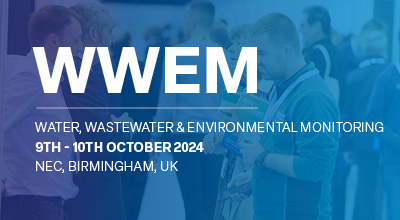| Abstract Title: | Detection of microplastics in the water treatment process: Considerations for sampling, processing, analytical methods and reporting microplastic occurrence in increasingly complex media |
| Presenter Name: | Dr Richard Cross |
| Company/Organisation: | UKCEH |
| Country: | United Kingdom |
Abstract Information :
Whilst a standard definition of microplastics has yet to be agreed, taking into consideration the definition of a nanomaterial under the recommendation of the European Commission, microplastics may be considered as plastic particles smaller than 5 mm, but greater in size than 100 nm. This presents an analytical challenge for the detection and quantification of microplastics in complex environmental samples. No single method can successfully enumerate all possible polymer types, across the full size range under consideration, particularly if information concerning the size distribution or number concentration in a sample is desired. Reporting on microplastic detection and quantification in environmental samples must be clear about the operational limits that define microplastics in any given sample. At each stage of the workflow from sampling and processing through to the measurement and analysis of data, consideration should be made as to how these steps influence the quantification of microplastics in the sample. rnrnIt is with this in mind that we shall present our experiences in sampling, method development, processing and analysis as part of a sampling campaign covering 8 water treatment works WTW and 8 waste water treatment works WWTW over a 7 month period UKWIR Sink to River- River to Tap. This campaign surveyed the occurrence and enumerated the number and polymer identity of microplastics in raw water, potable water, influent, effluent and waste sludge. This presentation will focus on the practical recommendations that have emerged during this study. rnrnThese will be discussed with particular reference to the use of blanks, spike recoveries and replication to interpret the results in the context of controlling sources of contamination throughout the sampling and extraction processes and the quot;patchinessquot; inherent in inhomogeneous samples. These considerations will have pertinence for the detection and characterisation of both micro and nanoplastics in all environmental samples. Efforts are underway to harmonise the methods and analytical approaches to quantifying microplastics in the environment. However, there is much value in the meantime in increasing the longevity of the data currently generated in this highly productive field of research. This field of research by necessity produces results that arise from a plethora of different sampling, processing and analytical strategies. Sharing experiences from the lab and improving the transparency in reporting can go some way to allowing the data generated today to retain its value as the field develops.


